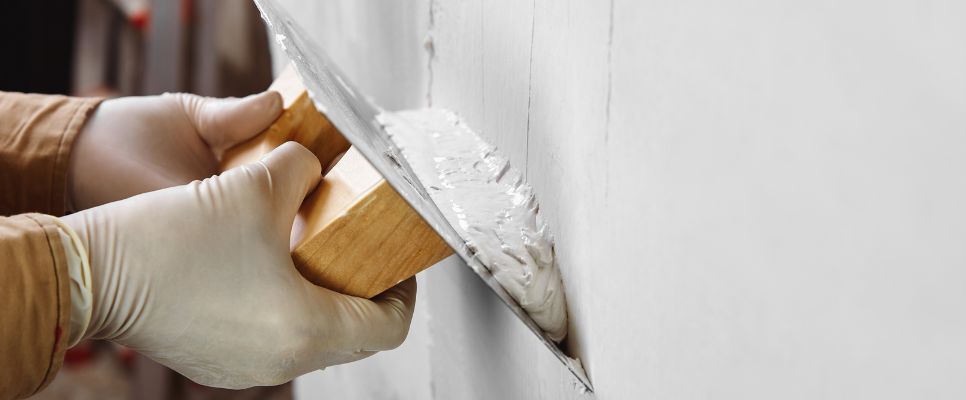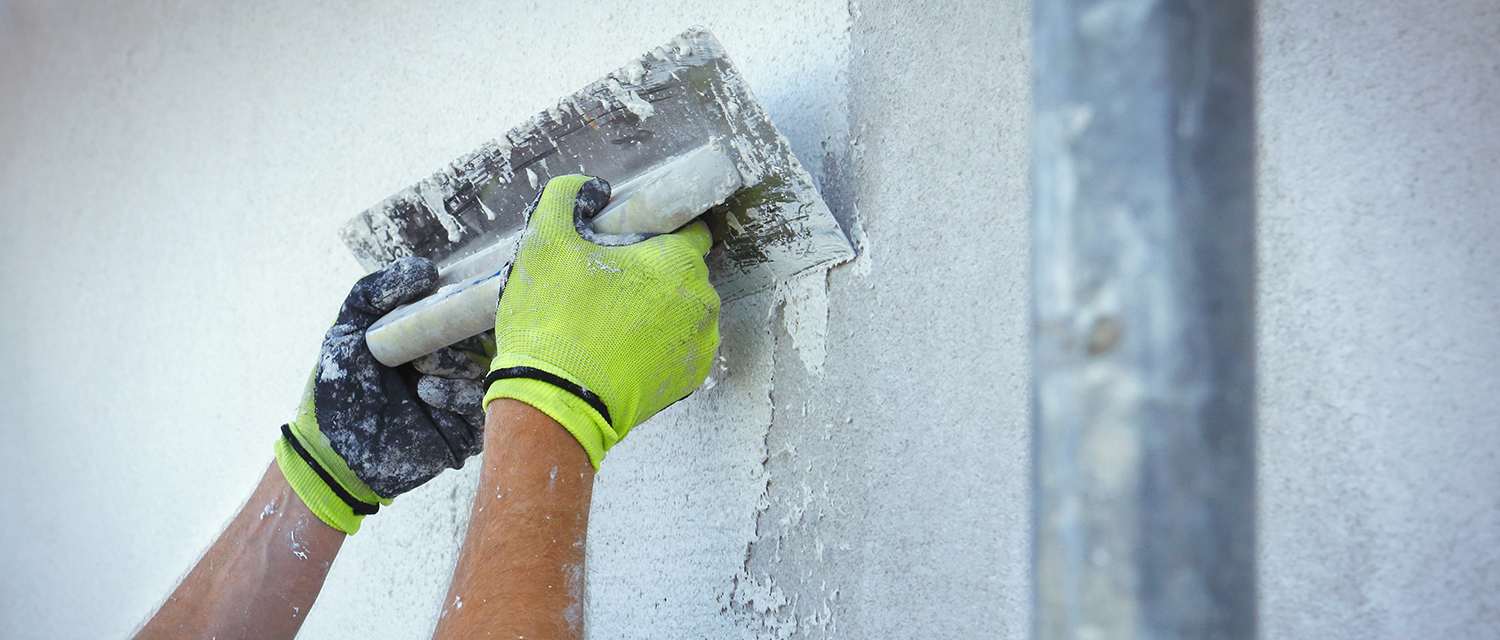How Much Does a Plasterer Cost? Find the Detailed Breakdown of Plastering Price Per Square Meter
If you've ever wondered, "How Much Does a Plasterer Cost?" you're not alone. Over time, uneven or rough surfaces can appear in any home, making plastering an essential process to restore a smooth finish. Whether it's part of a new construction project or routine maintenance, plastering effectively transforms surfaces, creating a flawless base for further decoration and enhancing the overall aesthetic appeal of your space.
The Plastering Cost Per m² typically ranges between $20 and $90, depending on several factors like the type of plaster, project complexity, and location. Additionally, costs can vary across states, so understanding the pricing structure is crucial for accurate budgeting and planning.
State |
Average Cost Of Plastering/Hour |
|---|
Adelaide |
Between $65 and $75 |
Melbourne |
Between $79 and $87 |
Brisbane |
Between $85 and $89 |
Perth |
Between $82 to $87 |
Sydney |
Between $76 and $105 |
Plastering Types And Their Cost Of Plastering
Now that you are aware of the distinctions between skimming and plastering, let's examine the regions that call for this type of work. However, before we move on, the following are a few types of plastering projects and their associated costs:
Kind Of Plastering |
Average Cost Of Plastering |
|---|
Ordinary plastering |
$25 to $80/hour |
Decorative plastering |
$20 to $80/hour |
Some rooms in the house call for one of the two processes. A few of them:
- Plastering The Ceiling
How much does the ceiling plastering cost? Its ultimate cost is roughly the same as plastering a room because of the extra attention to height. They require certain mechanical upgrades to get them up, ranging from an automated giraffe ladder to a basic beer crate, depending on how high the ceiling is.
Before plastering, they board up the ceiling. This will safeguard the space-occupying lights and secure the foundation before the material is placed. To find out how much the Cost Of Plastering is for a ceiling, look at the table below:
Area of the ceiling |
Average price |
|---|
Small |
$380 to $660 |
Medium |
Between $470 and $850 |
Large |
Over $2,800 |
- Plastering the Room
What is the price of plastering a room? We first need to examine the standard technique to determine that. Unless they are empty, most rooms have already completed paint jobs. Before applying the fresh plastering, your plasterer uses a brush to clean off the old paint. If you don't, your plastering may become uneven and influence the way your room looks as a whole. Be aware that plastering a wall will cost more than plastering a whole room.
Dimensions Of The Room |
Average price |
|---|
Small |
$1,100 to $1,300 |
Medium |
$1,200 to $1,700 |
Large |
Over $2,800 |
- Skimming A Wall:
What is the price of skimming a wall? Similar to skimming the ceiling, the wall's already sturdy base will get a thin coat of plaster.
Wall's surface area |
Average price |
|---|
Small |
Between $200 and $300 |
Medium |
Between $300 and $470 |
Large |
Over $750 |
- Skimming A Ceiling
Are you curious about the cost of skimming a ceiling? Have a look at the table below
Area of the ceiling |
Average price |
|---|
Small |
Between $470 and $660 |
Medium |
$530 to $720 |
Large |
Over $950 |
- Plastering the Whole House.
This particularly pertains to residences that are nearing completion of development. When plastering a full house, many plasterers in the area typically work together to expedite the process. Here, scaffolding is also necessary, especially if plastering the house's exterior is involved. If you're wondering how much it costs to plaster a whole house, the average amounts are shown below.
The Size Of The House |
Average price |
|---|
Small |
Between $3,600 and $4,700 |
Medium |
Between $7,200 and $8,500 |
Large |
Over $9,500 |
What Advantages Does Plastering A Home Offer?
Although rough surfaces may indeed give your house a unique look, if you constantly bump against those occasionally sharp spots, it becomes unusable. Fortunately, plaster has been used for a very long time to even things out. While drywall has become commonplace in many homes, wood pulp plaster boards are still rather well-liked. According to experts, plaster has more advantages than problems. Here are a few instances:

Sound Waves
Are you wondering how the sound in certain homes is balanced? Even if you are on different sides of the room, your discussion will flow naturally between you. Plaster deserves all the credit. Many artists use this material because they believe that having plastered walls in their recording studio enhances the sound quality.
This occurs as a result of plaster's direct binding to the wall frame and increased solidity. By placing things in this way, air is discouraged from going through, and sound leaks are prevented.
Sturdiness
How sturdy the material is will amaze you. If severe force is applied to drywall, it may disintegrate. Conversely, plaster is difficult to harm. Furthermore, it has fire resistance. Although little fractures will occasionally occur in plaster, they may be quickly fixed or replastered.
Because the material was intended to survive for a long period, historical sites and public buildings still feature it.
Adaptability
Furthermore, plaster is highly versatile. What is meant by that? Hardened wood pulp, commonly available in board form, is what makes up drywall. Plaster, on the other hand, may take on any shape or feature you choose. Whether you're designing an archway or a fireplace, you can rely on the material to take on the desired appearance. Plaster is a customizable material that may be used for any type of project in your home.
Tidiness
Plaster leaves no trace at all after installation, in contrast to most materials that do. This is a result of how it is being used. The material is wet during the procedure, placed on a blue board, and left to dry from there. Additionally, after applying it, there is no need to sand or clean the area.
Checklist For Plastering: Getting Ready For The Procedure
How do you become ready for the whole undertaking? Not only are we discussing the plastering procedure itself, but also the route used to get there. Recognize that you are not alone when you attempt this method. To let you know that we are here to support you every step of the way, we have put up this extensive checklist.
- Local Plasterer: Look up the plasterer closest to you. Since they won't have to travel far to get to your property, doing this can cut your location expenditures in half.
- Written quotation: Once the plasterer and you have met, you may prepare a quote. Make sure all the details are included, including the kind of material to be used and the desired design. To help you plan your budget, you may ask your specialist to provide a detailed summary of all the associated expenditures.
- Decide on a suitable date: This is an important day, so make sure you give it top priority and give this assignment your full attention. To assist you, it would be a good idea to offset or not book anything else on this day. To prevent cutting any operations, it is important to plan several consecutive days if you are plastering the entire house.
- Get your house ready: Whether rearranging furniture or adding protective coverings to your breakables, make sure your house is comfortable for your experts to work in.
- Obtain the required supplies: If there are any necessary items you need to buy before the plastering day, you may discuss them with your professional in advance. This way, you won't have to rush to the shop to make last-minute purchases and will have enough supplies on hand on the day of the plaster repair.
It's time to employ a pro now that you know how much plastering a room or house typically costs. When you post a job on ServiceTasker, we'll quickly match you with experts. Using our platform to find a plasterer allows you to complete any job, from skimming a room to plastering your entire house.






